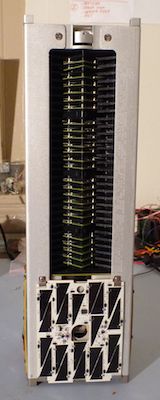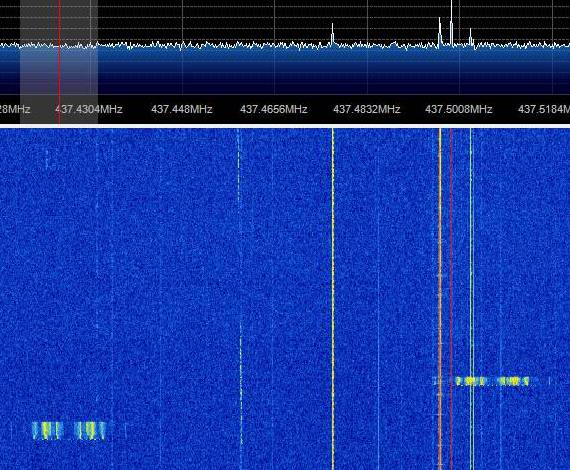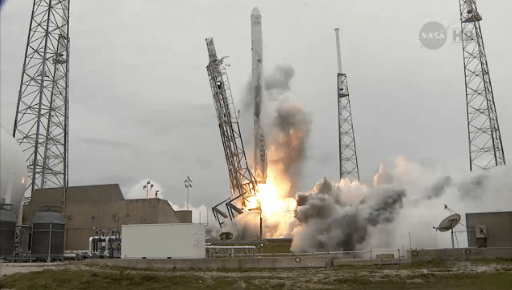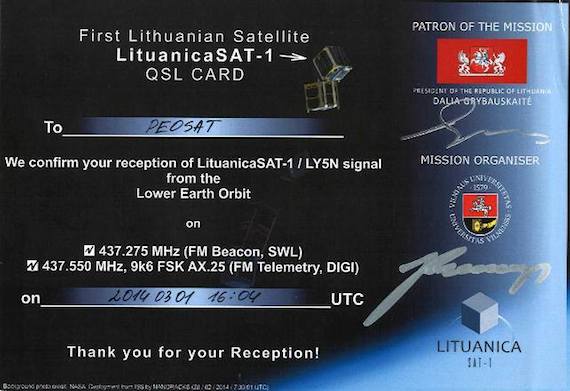KickSAT packet explained, the telemetry can be received at 437.505 MHz FM AX.25 1200 baud.
 Telemetry packet example: P4C,783,0,0,0,
Telemetry packet example: P4C,783,0,0,0,
In the example above, the first three letter code (P4C) indicates that the satellite is in charging mode. The next number is the battery voltage in units of 1/100 volt, so 783 corresponds to a battery voltage of 7.83 volts. The next number (zero) is the number of main flight computer resets (in our case a Nexus S smartphone thanks to the PhoneSat team). The next number is the number of watchdog microcontroller resets. The last number (zero) is a status byte indicating if the ChipSats have been deployed yet.
These packets are being transmitted by the watchdog microcontroller every 150 seconds (2.5 minutes). When the main flight computer is on, the rate is once every 30 seconds and more data will be included in the packets.
[PE0SAT Wants to thank Zac Manchester for the above information]



